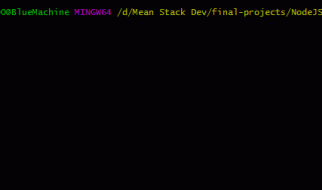A brief look into the gamification mechanisms used to promote player engagement
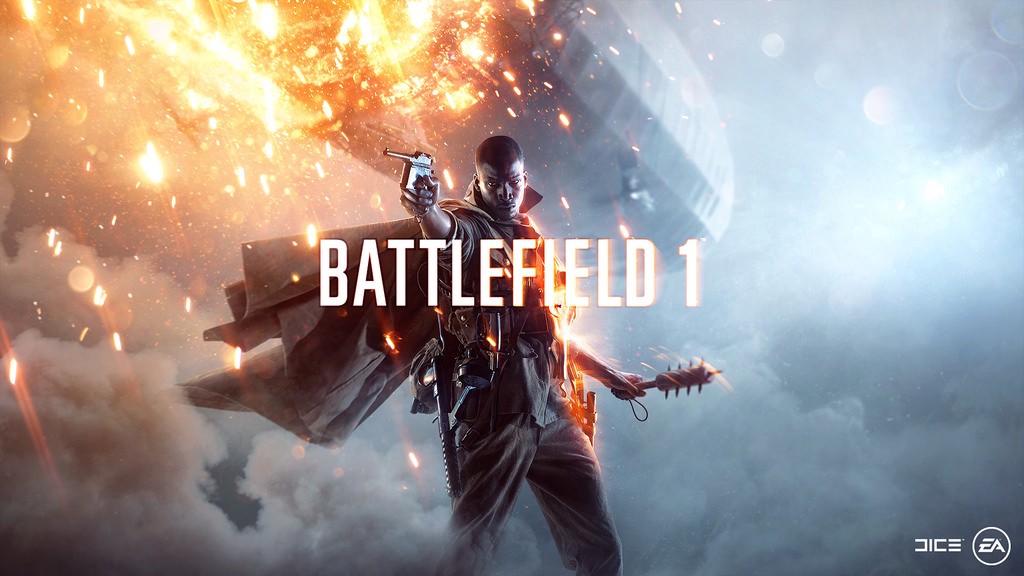 EA?s Battlefield 1 game art
EA?s Battlefield 1 game art
If you?ve ever played any Battlefield series game, you know they are insanely addictive. At the time of the writing of this article, I had accumulated a play time of more than 1,300 hours on Battlefield 1. ONE THOUSAND AND THREE HUNDRED HOURS!!!
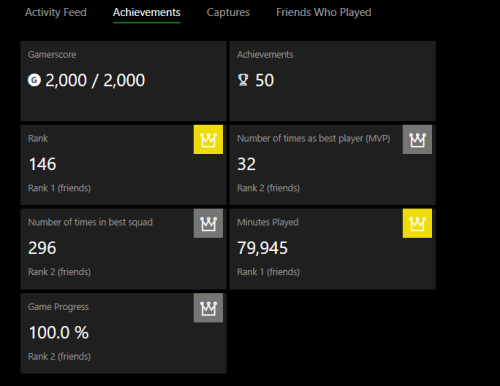 My BF1 profile stats on Xbox Live
My BF1 profile stats on Xbox Live
While some people may think this is just a ?fire and run? first-person shooter game, some design aspects make it a fun and engaging for casual and hardcore players.
Here, I intend to point out a few of its hooking mechanics so you understand why you invest so many time playing the same maps over and over again.
A quick word on Gamification?
I?m not diving into the concepts of Gamification, but a short explanation can be helpful. You can skip to the next section if you?re already familiar with Gamification.
There are many approaches to Gamification, but in general they all describe a basic player engagement cycle:
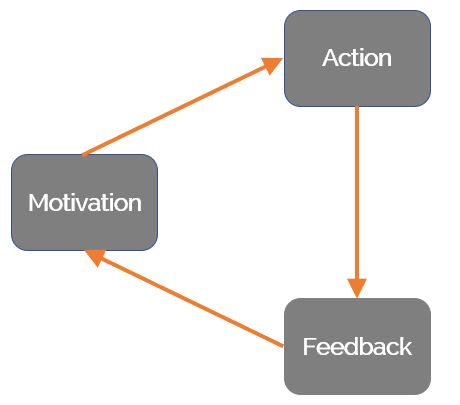 Player engagement cycle
Player engagement cycle
- Action represents any kind of player engagement or, simply, the ?play? action;
- Feedback is what the player is presented/given/awarded as result of their action, such as points, reputation and items; lastly,
- Motivation is the trigger that incites the player to take action.
A good game will implement these mechanics in a way that players are both entertained and engaged, resulting in extended periods of time ?using? the game.
Also, the game can be designed to appeal to specific player types. Since BF is an online multiplayer competitive game, we see a predominance of Achievers and Killers in the community.
Five ways used by Battlefield 1 to hook players
In game, the gamification concepts are materialized in a variety of rankings and challenges which work exceptionally well for these targeted player groups. There are elements that either promote competition (winning, being at the top of the leaderboard, etc) or completion (completing challenges and tasks) as part of their natural inclinations.
Here are five ways the game promote player engagement:
1. Player ranking
 Player rank badge from the game.
Player rank badge from the game.
Ranks in BF1 universe are determined by the amount of Experience points (XP) accumulated by the player.
XP is earned by playing matches, so the more you play, the more you rank up.
The rank ranges from #0 (Private, from 0?999 XP) up to #150 (Five-Star General, 50,000,000 XP).
The catch, here, is that the rank progression is not linear. As you approach rank #100, you?re required to obtain more and more points so you can reach the next level. Again, the same trick for rank #141.
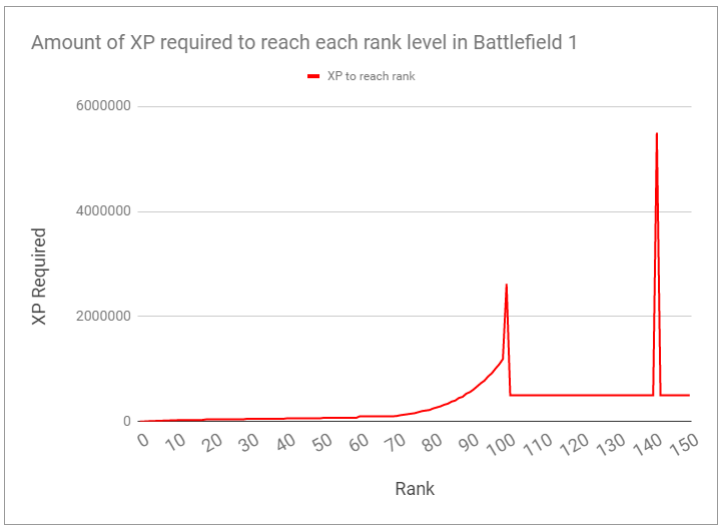 The chart shows the non-linear progression of ranks in Battlefield 1.
The chart shows the non-linear progression of ranks in Battlefield 1.
The obvious conclusion is: for newcomers, is really eask to progress, keeping them motivated and happy by ranking up very quickly. But, at some point the you?ll need to invest considerably more time to advance to the next level.
2. Daily challenges
Challenges are tasks that demand time to be completed before players can get the reward. It works for both the Killers, who want to improve their skills, as well as for the Achievers, who can add items to the various collections accross the game.
On BF1, challenges can be grouped by their periodicity. The daily and per-match challenges are:
- Scraps: one of the game currencies, scraps are redeemable points. Players can get up to 100 scraps/day by playing, or they can trade the items in their inventory to get additional scraps. They allow players to ?buy? items and battlepacks in the game.
- Battlepacks: they contain items (skins, XP boosts, puzzle pieces) and are earned as the player complets a set of matches. Another way to obtain a battlepack is buying them using scraps.
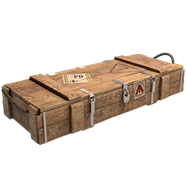 A battlepack.
A battlepack.
- Ribbons: they are awardeed during a round for performing specific things in the game, and are ultimately converted into XP. For example, performing 5 kills with an airplane in a match will get you the Icarus ribbon, which is worth 500 XP. They also represent status: the more ribbons a player gets, the more skilled the player is.
- Highlights: at the end of each round, five players are selected as highlights according to their outstanding performance. It?s mainly a status thing, but one may also get scraps along with the highlight selection.
These daily and per-match challenges ensure that even casual players are given their small ?doses? of motivation-action-reward cycles.
3. Weekly challenges
These are challenges that required a bigger effort. Every week there is a rotation in these challenges and they will usually require the player to come back to the game for a few days until all rewards can be obtained:
- Medals: recognition for completing of a set of challenges. There are five new medals every week.
- Road to Battlefield V: a special campaign by DICE to promote the new title in the series. It rewards players with rare items (weapons, skins).
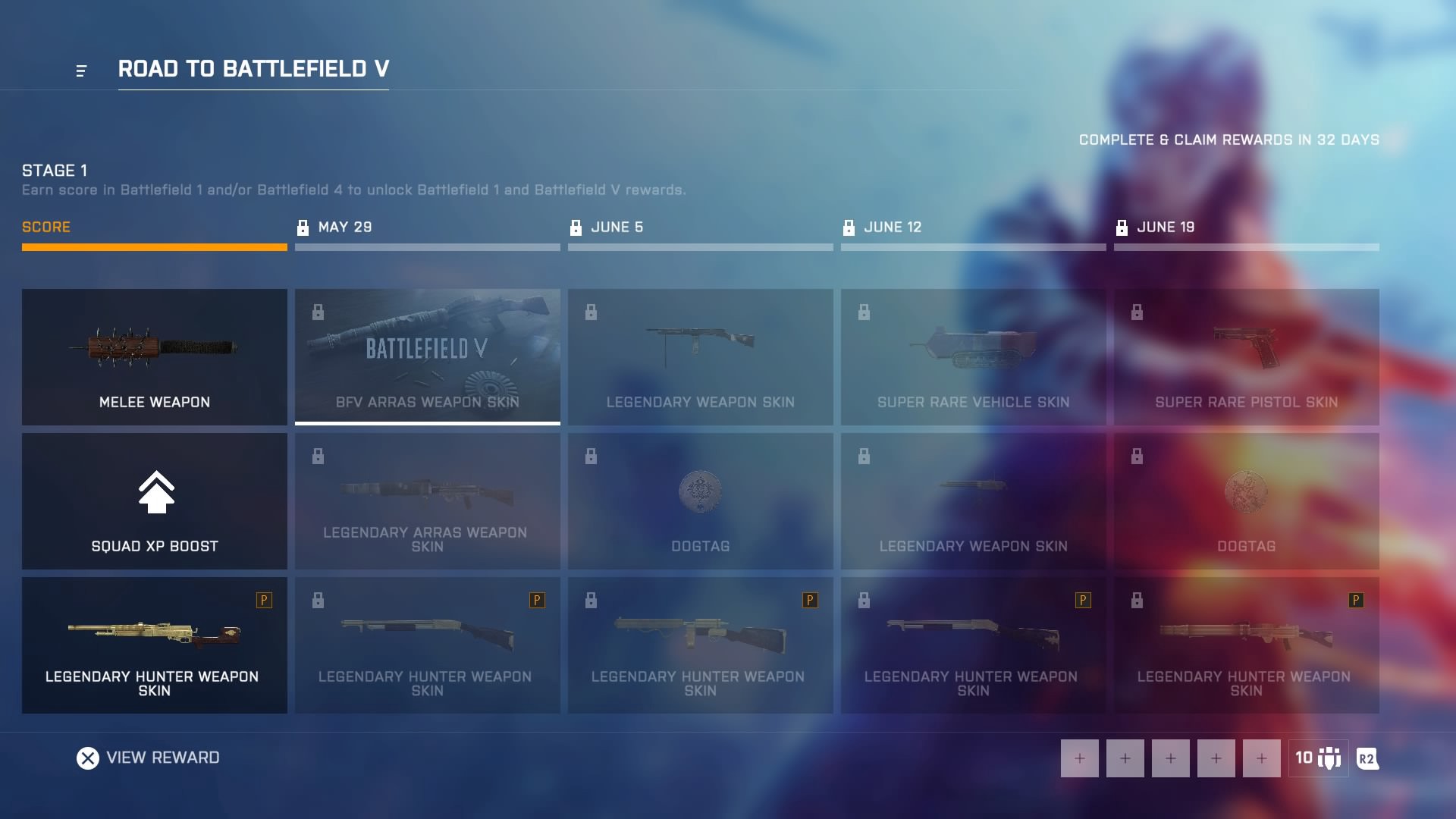 Road to Battlefield V challenge screen.
Road to Battlefield V challenge screen.
4. DLCs
After initial base game launch, DICE kept adding new maps and game mode through new game DLCs releases. Every quarter or so, additional challenges were introduced along the content:
- Achievements: part of the gaming platform, they reside on the player profile, their resume. On Xbox it counts as Gamer Score, featured on the Xbox Live player profile.
- New weapons: new weapon types are introduced along with DLCs and there are specific challenges that must be completed so the weapons are unlocked.
5. Special campaigns
At random times, the game publisher would announce special campaigns through in-game and also social media channels. Some of them are:
- Community Missions: specific tasks such as getting 50 headshots or 100 melee kills. When completed, the player is given an item (skin, gadget, custom dog tag, etc);
 Service Assignments in BF1
Service Assignments in BF1
- Service Assignments: sets of tasks that can unlock perks and give players additional XP. When a specialization is unlocked at a level, the player can further play to unlock advanced levels.
It?s not only about player engagement
There are plenty of examples from BF1 and other games using the gamification elements to atract and retain users. The gamification mechanics are not only important for player engagement, but it?s also a strategy for long-term, continuous revenue (engaged players = more $$$).
You, as player, may not be fully aware of these mechanics at first, but your behavior is certainly influenced by the aspects of game design. I invite you to do an small exercise of trying to identify the motivation-action-feedback patterns in the games you play.
And for the ones who want to learn more about the subject, I first recommend reading about Gamification Theory. Then, look into Gamification Frameworks, which offer convenient ways to design and implement gamification ? whether on video games or on any other context.
Finally, gaming is supposed to be fun! Don?t be paranoid about gamification; just enjoy the experience.
Happy gaming! ?

